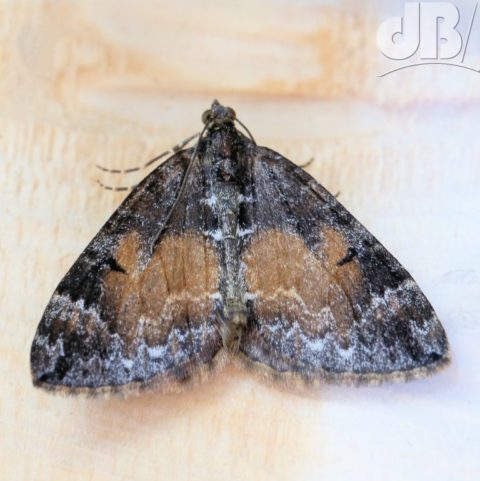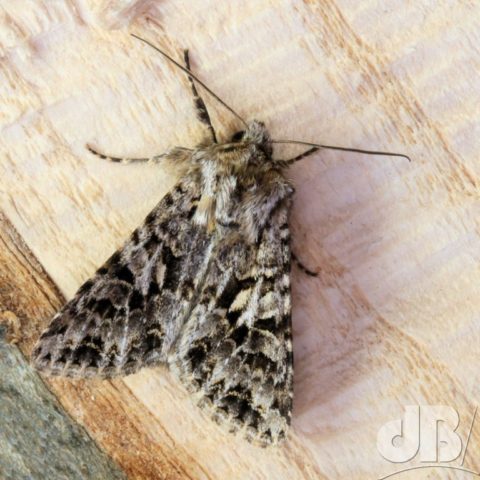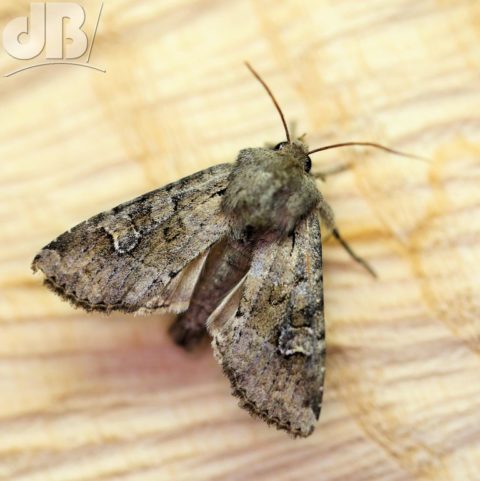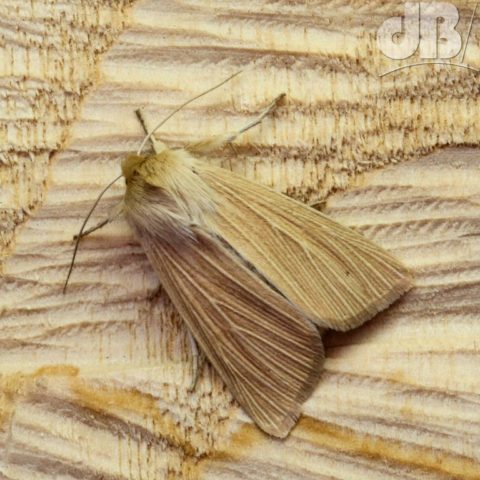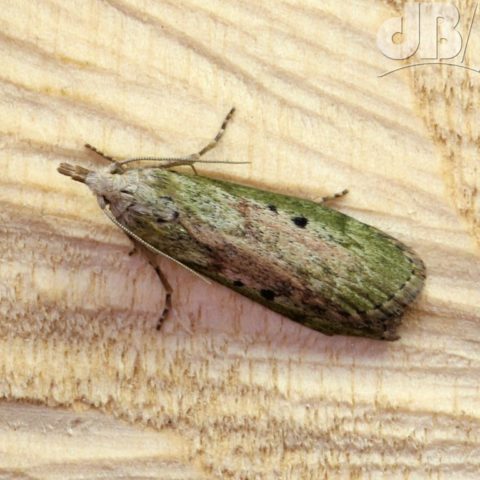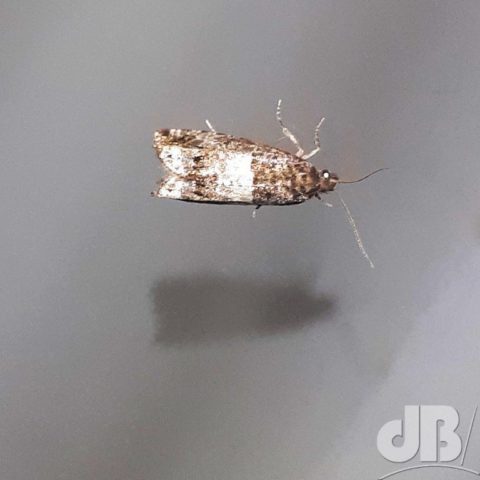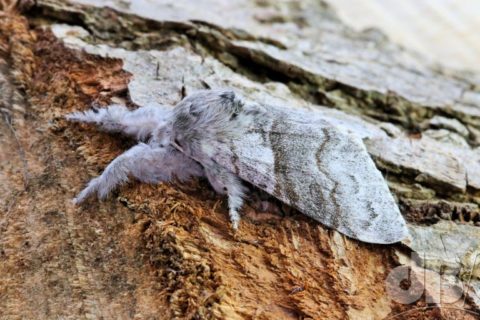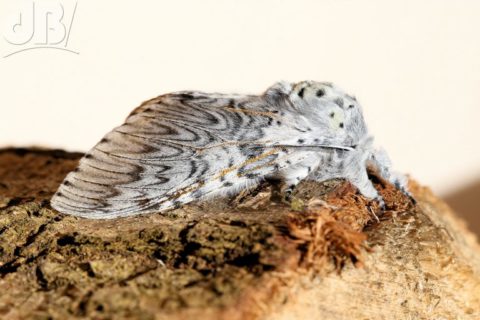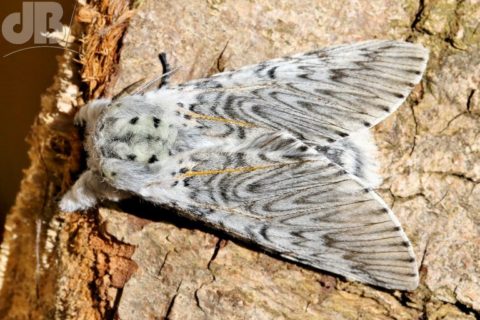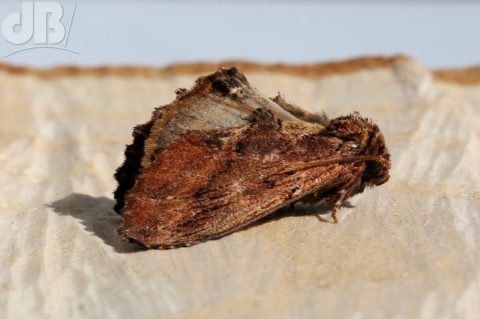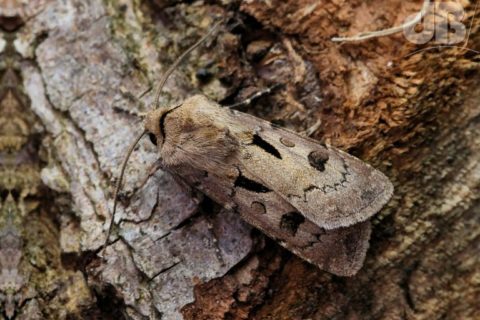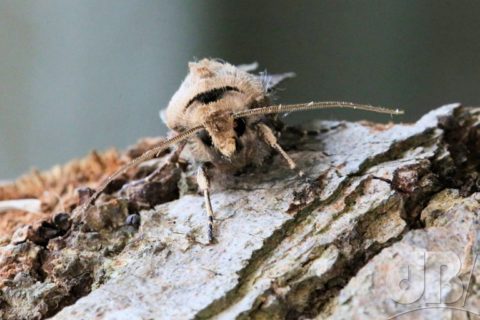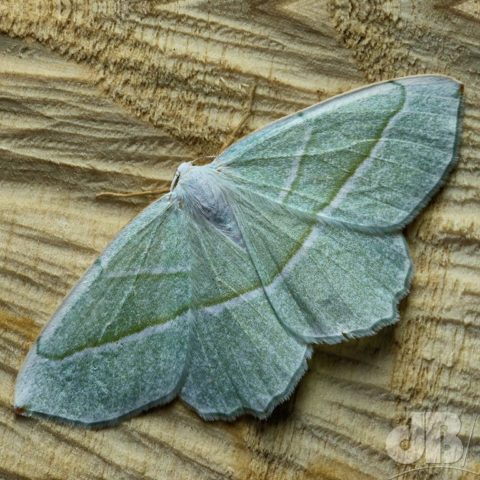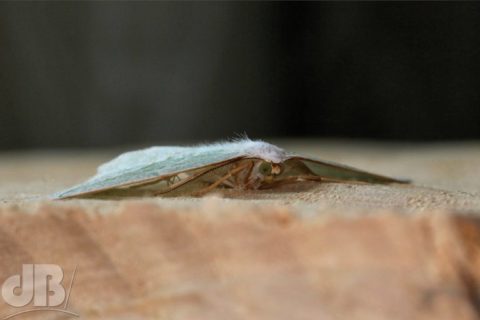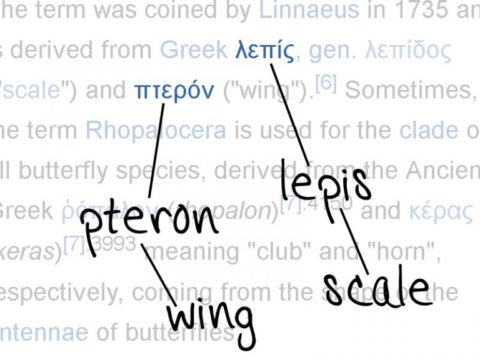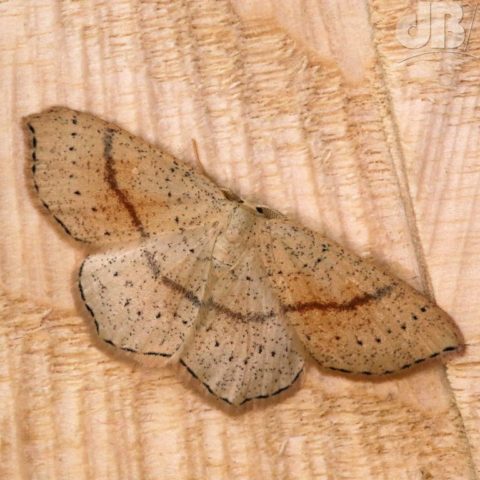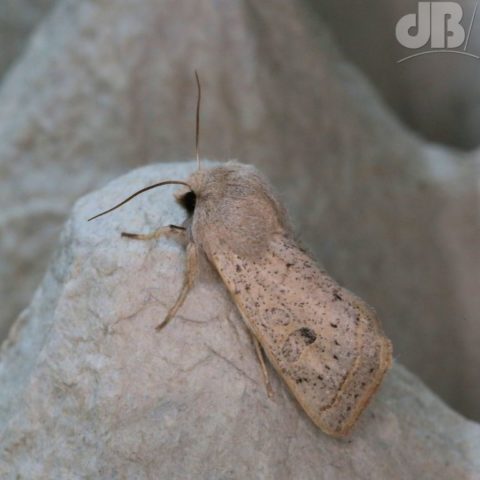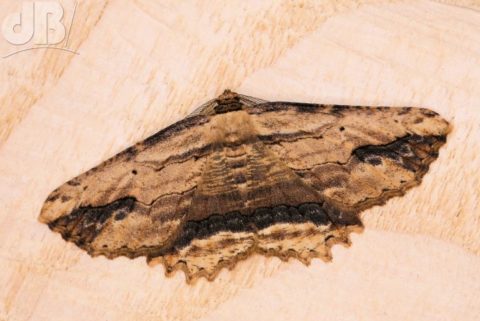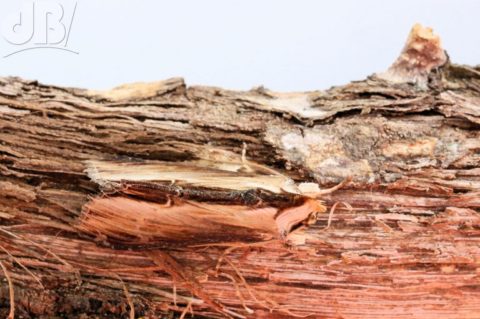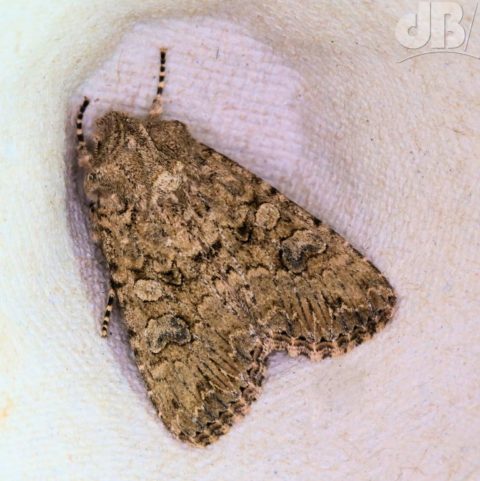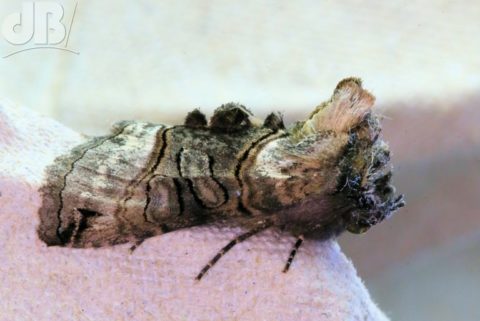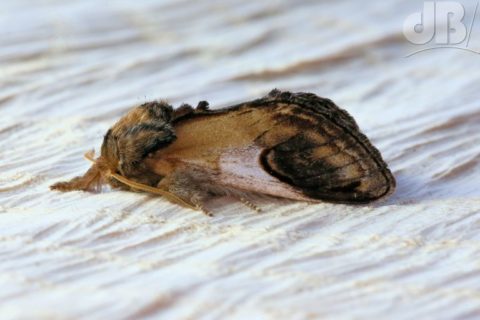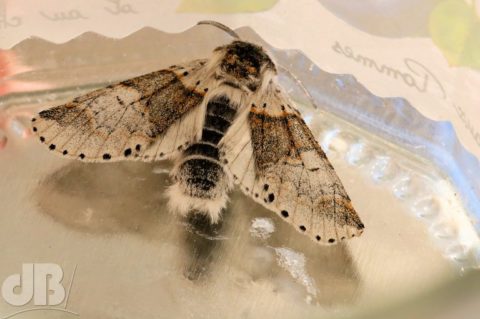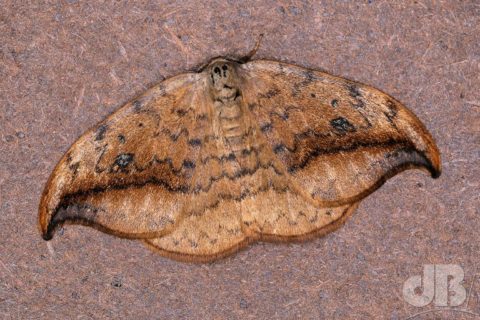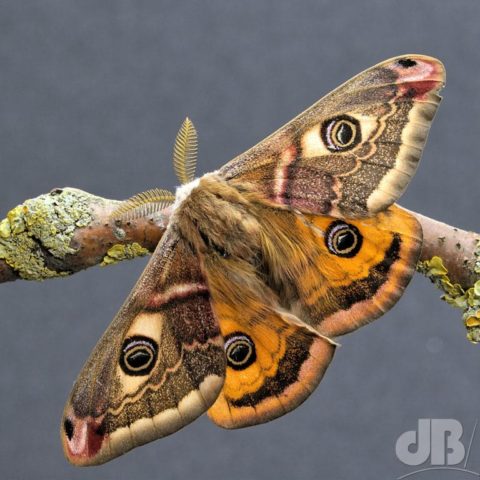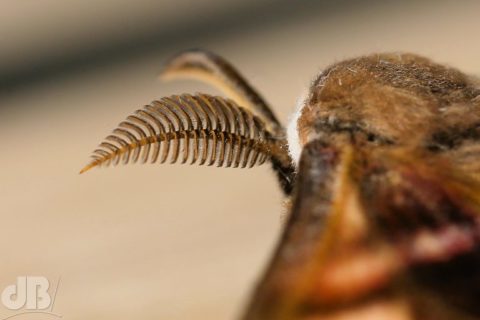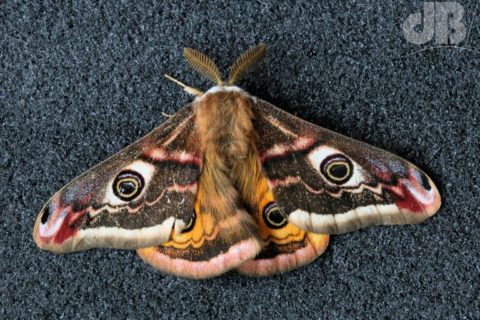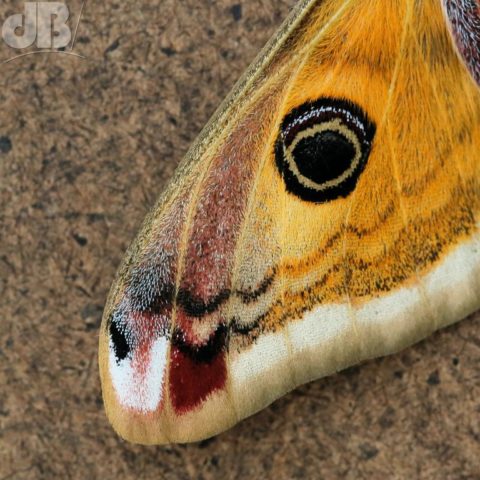
The Lime Hawk-moth, Mimas tiliae, is fairly common in Southern England, especially where there are avenues of lime trees, in London, for instance. However, the species has headed north, extending its range in recent years. This specimen was drawn to actinic light in our garden on the night of 17th May 2019. Specimens have been found in North Yorkshire, according to UK Moths.
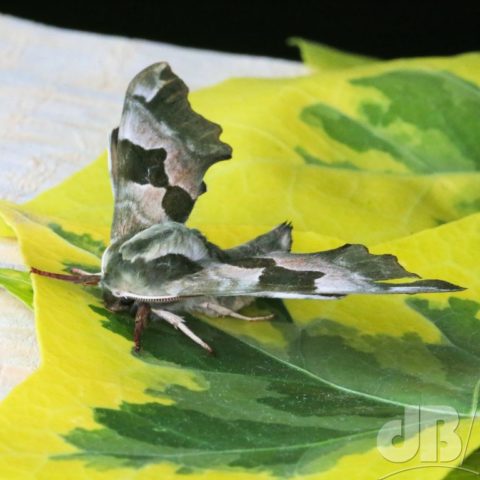
Beautiful colours of greens and pinkish hues. although colour can vary considerably with a ruddier, rustier brown form out there too. The Lime Hawk-moth is a member of the Sphingidae, the Sphinx Moth family, which also includes the Hummingbird, Convolvulus, Privet, Elephant, Small Elephant, and Poplar Hawk-moths. Photos of specimens of Hummingbird, Elephant, Small Elephant (new 10th June 2019), Privet, and Poplar are in my Mothematical Gallery. 171 specimens as of 21st May 2019, with the addition of a new noctuid, Pale-shouldered Brocade, and a geometer, Oak Hook-tip, today.
I am hoping for Convolvulus, Eyed, and Deaths-head this year. In the British Isles, we have almost 20 species of Hawk-moth, also known as hornworms (because of the appearance of their larvae/caterpillars).
